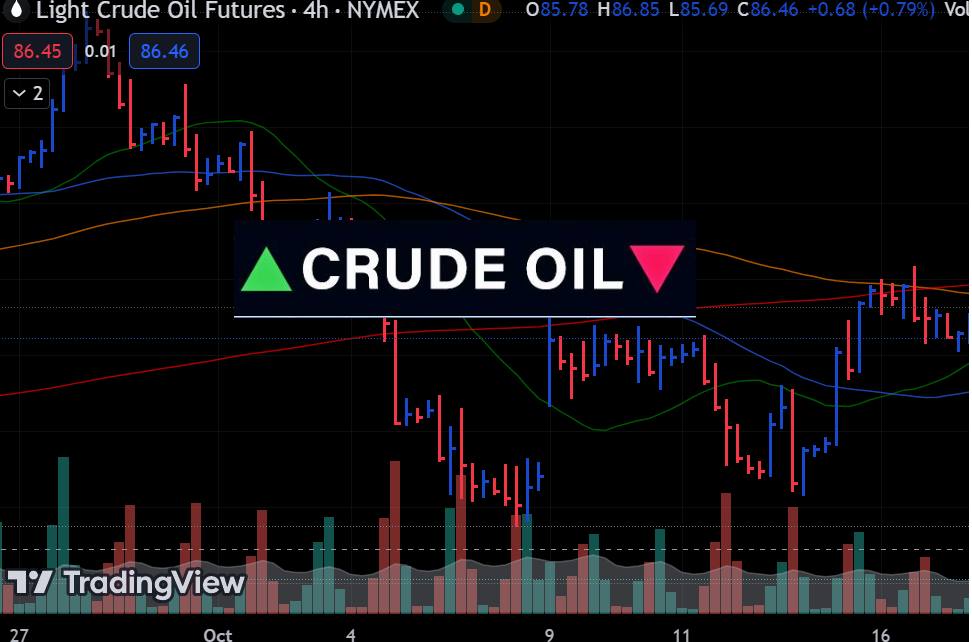- Protests in OPEC member Libya led to the shutdown of production at the Sharara oilfield.
- The Houthis in Yemen continued attacking vessels in the Red Sea.
- There is growing confidence among officials that inflation is under control.
On Wednesday, oil prices rose approximately 3% due to a disruption at Libya’s primary oilfield. This incident heightened concerns about potential disruptions in global oil supplies. Moreover, there were escalating tensions in the Middle East.
Oil rose for the first time in five days, marking the most significant daily percentage gain for WTI since mid-November. Craig Erlam, from OANDA, attributed the rise to protests at Libya’s largest oilfield and additional attacks in the Red Sea.
WTI and Brent futures (Source: ICE Nymex)
Protests in OPEC member Libya led to the shutdown of production at the Sharara oilfield, which produces 300,000 barrels per day (bpd). Oil prices further climbed as Israel escalated its bombing of the Gaza Strip, extending its conflict with the Iran-backed Palestinian Hamas group into Lebanon.
In the Red Sea, the Houthis in Yemen, supported by Iran, continued attacking vessels, raising concerns about a broader Middle East conflict. This could disrupt key oil transport routes like the Red Sea and the Persian Gulf.
Elsewhere, OPEC emphasized that cooperation and dialogue within the broader OPEC+ oil producer alliance would continue. This statement comes after the recent announcement that Angola is leaving the group. OPEC+ plans to meet on February 1 to review the implementation of its latest oil output cut.
Meanwhile, minutes from the December meeting of the US Federal Reserve revealed growing confidence among officials that inflation was under control. The minutes did not explicitly indicate when rate cuts might begin.
Still, they showed a rising fear regarding the potential risks of a recession. The Fed will likely maintain current interest rates in January, with traders estimating a 65.7% chance of a 25 basis point rate cut in March. Lower interest rates can reduce consumer borrowing costs, potentially boosting economic growth and oil demand.
Due to the New Year holiday, the American Petroleum Institute (API) and the US Energy Information Administration will release their oil inventory reports a day later than usual. Analysts predict a withdrawal of about 3.7 million barrels of oil from storage for the week ending December 29. This contrasts with a 1.7 million barrel build in the same week last year and a five-year average decline of 4.0 million barrels.





